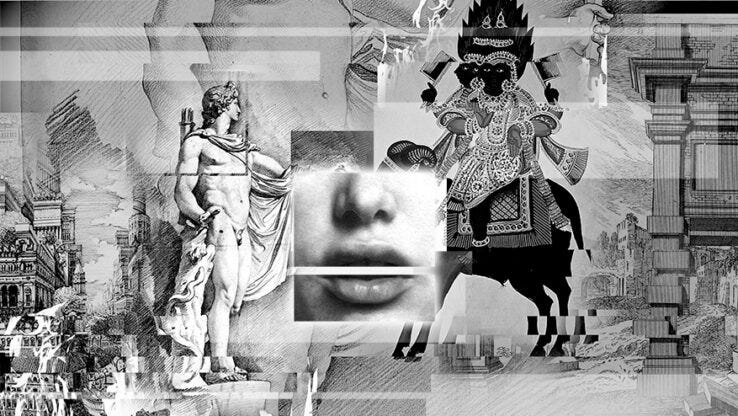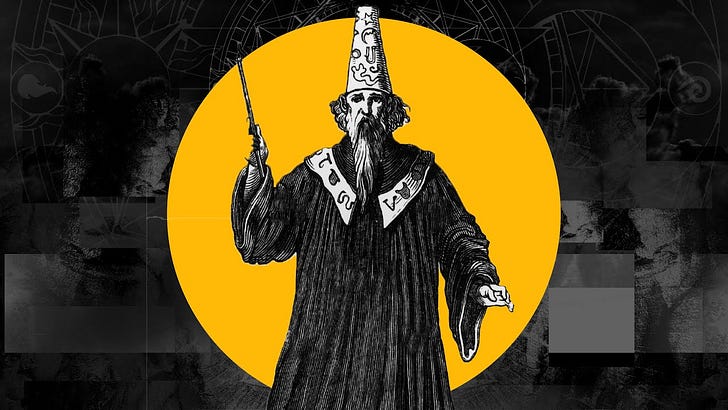One of the recurring messages of the world’s wisdom traditions is that life has a fractal-like nature. In other words, different realms of reality seem to resemble each other, and the same principles run all the way down through the structure of Being.
This, of course, is one of the key insights of science (challenged as of late by troubling discoveries in quantum physics). But before there was a materialist scientific understanding of the Universe, contemplatives and poets of all ages were speaking of the holographic nature of life. (Holographic as in every part of the whole containing the whole within it!)
In the Vedic religion of ancient India, for instance, there was the belief that 1) the Cosmos, 2) human society, and 3) the human body represent the same reality expressed on 3 different levels.
Indologist Milena Bratoeva points us to a certain comparison in the Vedas (the old Indian scriptures). There, we find the equation sky = priest = head and the related equation Agni = mouth.
Now let’s unpack this.
Cosmos – Society – Individual
In the Vedas, the sky, the priest, and the head represent the highest and most important element in -respectively – the world, society, and the human body. (Note the not-all-too-subtle endorsement of the caste system there…)
Agni is (the god of) fire. The one who allows for ritual sacrifice and thus the messenger between people and gods. Agni transforms the sacrifice and delivers it, through a pillar of smoke rising to the sky – straight to the divine realm.
The mouth of the priest serves a similar purpose. It communicates divine inspiration from the world above down to the people. It also does the opposite. The priest consumes with his mouth the alms given by the faithful and (like the sacrificial fire of Agni) transmutes it into offerings to the gods. (‘Not good to leave a priest on empty stomach’ was the intended message, I believe.)
More than a clever metaphor, these relations reveal our ancestors’ sensitivity to the resonances between different levels of reality. As we explored in my essay on magic, this poetic way of relating to the world was not merely figurative speaking. It was lived experience. It informed our ancestors’ attitude toward the world within and around them.
How would we act if we believed (and not only thought) our mouths were sacrificial altars to the gods? How would our relationship to the world change if we believed nature has a body and a mind very much like our own? And how would we treat each other if we believed we are all part of the same body of humankind?
Such questions remind us why it is so profitable to study the scriptures of our ancestors and contemplate their puzzling ideas.



